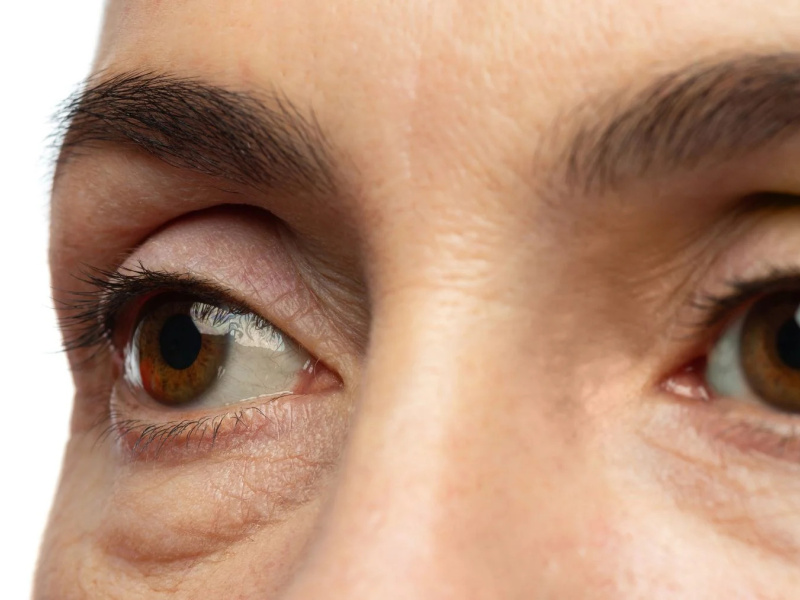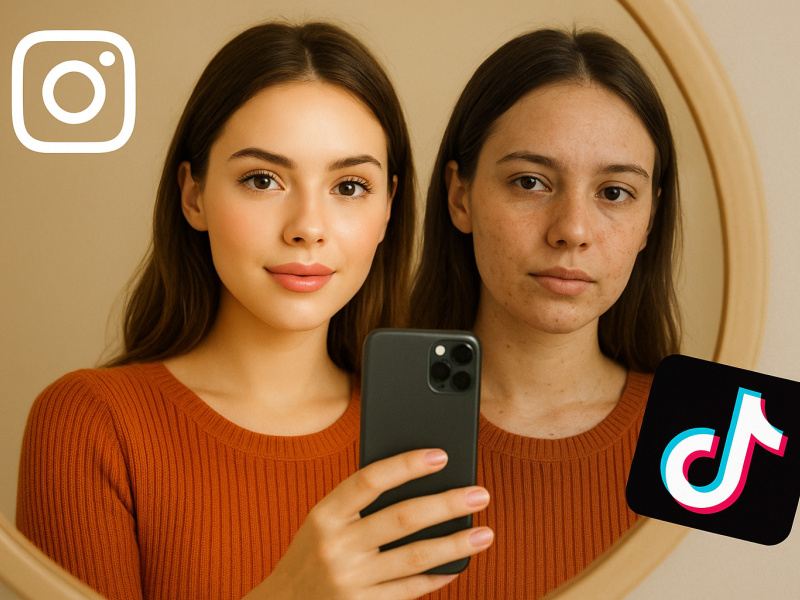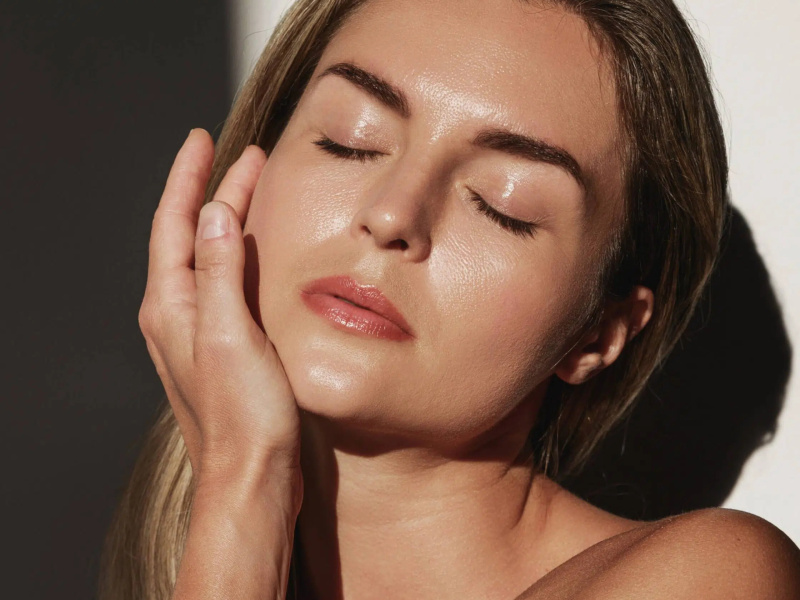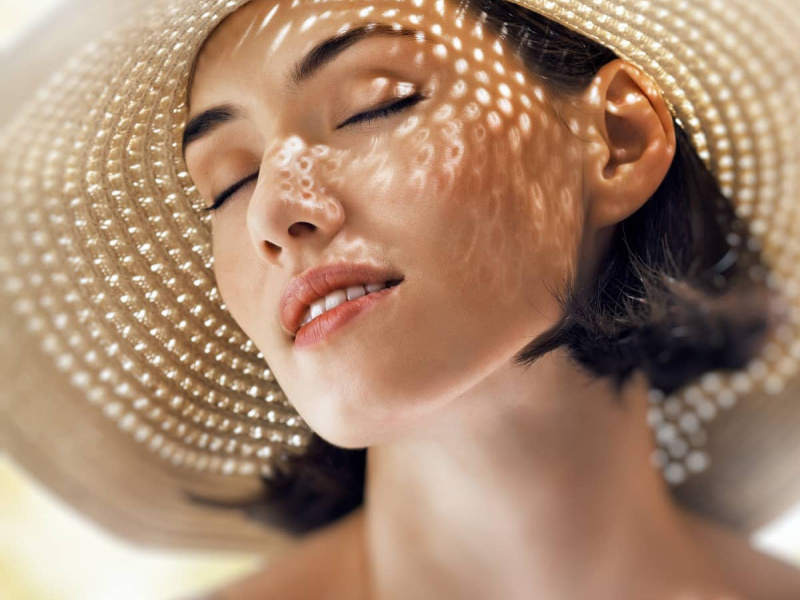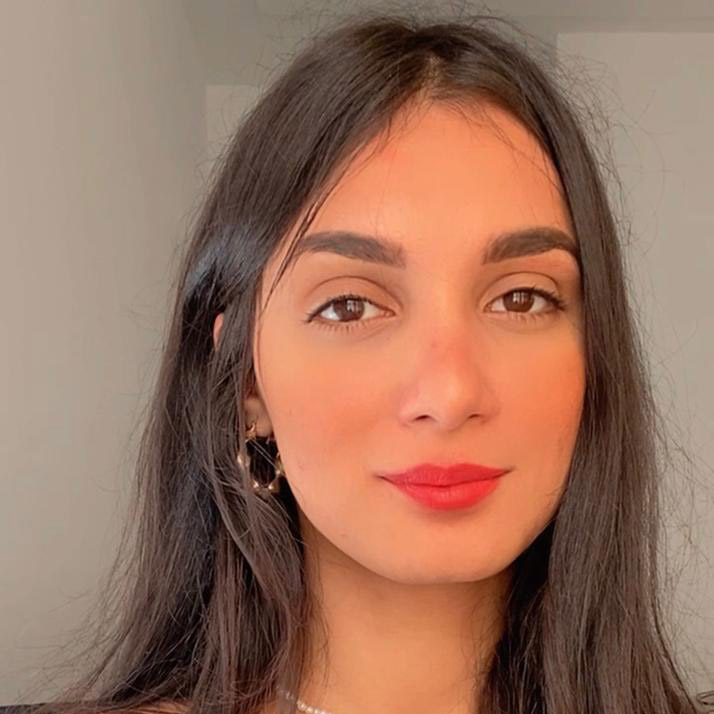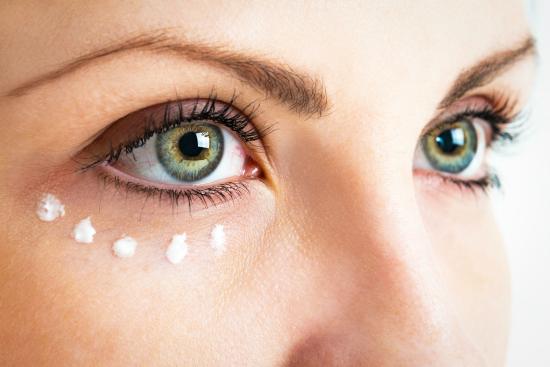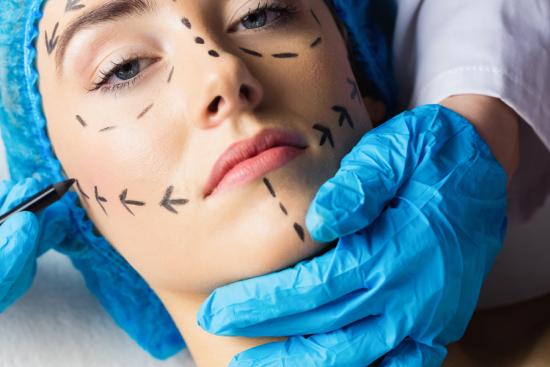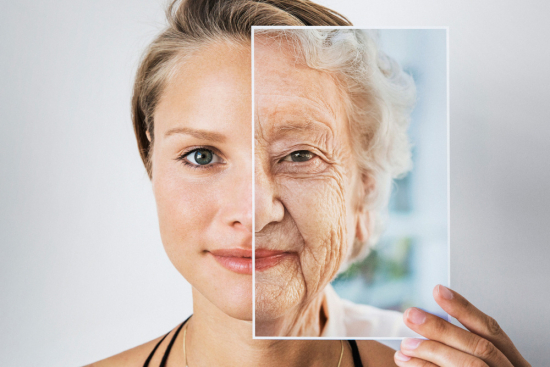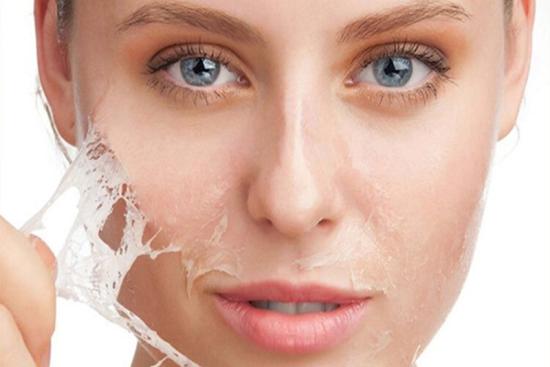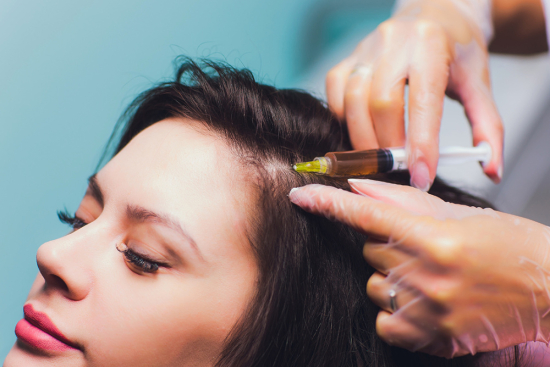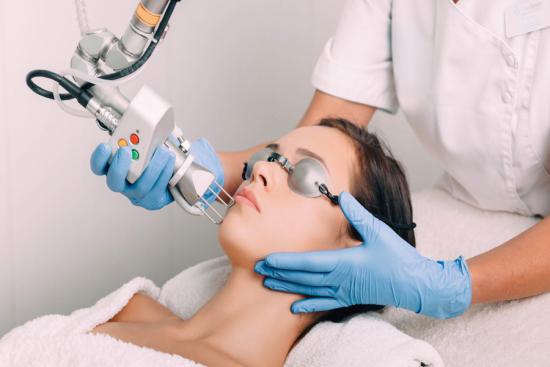Have you noticed persistent swelling under your eyes, just above your cheekbones, that won't go away with rest or a regular skincare routine? You may be dealing with malar bags. Often mistaken for dark circles or under-eye puffiness, malar bags are quite different and sometimes more persistent.
What are malar bags?
Malar bags are localized swellings on the upper part of the cheekbones and are often found near the outer corners of the eyes. Unlike classic under-eye bags, which are caused by fat or excess skin, malar bags are caused by edema or lymphatic fluid retention in a sensitive facial area.
This area is rich in lymphatic vessels and is particularly sensitive to variations in circulation, water retention, and certain chronic inflammations.
What's the difference with other types of puffiness?
These three types are easy to confuse since they all appear in the same area of the face. However, their causes and locations are quite distinct.
| Type of puffiness | Location | Main cause |
| Under-eye puffiness | Under the lower eyelid | Fat, loose skin |
| Dark circles | Under the eye (dark color) | Fatigue, thin skin, genetics |
| Malar puffiness | Above the cheekbones | Edema, water retention, lymphatics |
Malar bags are often more visible when standing upright, and may disappear temporarily when lying down.
What are the signs of malar bags?
Malar bags are firm swellings under the eyes that are often symmetrical. They give the face a tired or "puffy" appearance. Unlike fatty bags, malar bags are less mobile and do not respond to conventional treatments, such as creams or light massages.
Typical signs include:
- Localized swelling above the cheekbones that is not painful but unsightly.
- A bumpy or swollen appearance in the middle third of the face that is often visible upon waking.
- A feeling of tension or heaviness with no noticeable improvement despite rest.
- Resistance to conventional treatments, which can make them difficult to treat at home.
Why do malar bags appear?
They are not caused by excess fat or a lack of sleep. They are often the result of a combination of genetic, physiological, and lifestyle factors. The main causes are:
Genetic factors
Some people are predisposed to developing malar bags as early as their twenties. It's often a matter of morphology and inherited lymphatic function.
Skin aging
As we age, our skin and deep tissues lose elasticity and tone. The lymphatic system then becomes less efficient, favoring water retention in this area.
Water retention
An excessively salty diet, poor hydration, and a lack of physical activity can slow down the elimination of fluids. This makes the already sensitive malar area a point of stagnation.
Allergies or chronic sinusitis
Repeated nasal inflammation, such as rhinitis, nasal congestion, or blocked sinuses, can lead to congestion in the cheekbone area by putting pressure on the lymphatic and venous channels.
Fatigue, alcohol, and tobacco
An unbalanced lifestyle directly impacts tissue quality and microcirculation. Chronic fatigue, alcohol consumption, and smoking all contribute to inflammation and poor fluid elimination.
Natural solutions and preventive actions
If your malar pockets are still moderate, certain everyday actions can help slow their progression:
- Stay hydrated to promote proper drainage.
- Limit salt intake, as it promotes water retention.
- Get a good night's sleep with your head slightly elevated.
- Gentle lymphatic drainage, such as specific manual massages, can improve local circulation.
- Apply cold compresses or refreshing roll-ons in the morning to stimulate microcirculation.
These steps may slightly alleviate malar bags, but they are generally not enough to make them disappear if they have been present for a long time.
Non-surgical treatments
These solutions are ideal for addressing moderate or early-stage puffiness, particularly when it is caused by water retention or mild tissue laxity.
Medicalized lymph drainage
Manual or technology-assisted medicalized lymph drainage stimulates lymphatic circulation and helps reduce fluid accumulation. This treatment provides rapid relief, especially when performed regularly, and is ideal for puffiness caused by lymphatic stagnation.
Radiofrequency or soft lasers
Radiofrequency and soft lasers are also interesting options. These non-invasive technologies heat tissues deeply, boost microcirculation, and firm the skin. The result is a more toned, less puffy area, with improvements seen with each session.
Mesotherapy or skin boosters
Mesotherapy and skin boosters act more on the surface via microinjections of moisturizing or vasoprotective ingredients, such as hyaluronic acid, vitamin C, and peptides. These substances improve skin texture, strengthen fragile capillaries, and reduce the appearance of edema.
Hyaluronic acid (Strategic injections)
In some cases, the goal is not to eliminate the pocket, but rather to balance out the different areas of the face. Injecting hyaluronic acid into neighboring areas, such as the tear trough or cheekbones, softens contrasts and makes the pocket much less noticeable.
Focused ultrasound (HIFU)
Focused ultrasound (HIFU) is an innovative alternative. Thanks to its deep action, it tightens sagging tissue and provides a gradual lifting effect. Since they don't require needles or surgery, they are ideal for people seeking a gentle yet effective solution for sagging infraorbital tissues.
Surgical treatments for malar bags
When malar bags become highly visible or do not respond to non-invasive approaches, surgery can provide an effective, long-lasting solution. Lower blepharoplasty is often preferred in such cases, especially when combined with a midface lift, also known as a malar lift.
This combination eliminates persistent puffiness and restores tension to sagging tissues for a more youthful, rested appearance. A malar lift acts on the cheekbone and tear trough to improve overall facial balance.
A precise diagnosis is essential before any procedure. The aesthetic surgeon or ophthalmologist specializing in this procedure must determine the exact cause of the swelling, whether it is due to skin laxity, fatty deposits, or a vascular component. This assessment enables the surgeon to choose the most suitable technique, taking into account your aesthetic expectations, age, and skin quality.
In complex cases, additional tests, such as an MRI or CT scan, may be prescribed to ensure there are no underlying pathologies.
When should you consult a specialist in Turkey?
In some cases, malar bags can be reduced through simple lifestyle changes or targeted treatments. However, if they become too visible, persistent, or bothersome in everyday life, it may be advisable to consult a professional.
If the swelling persists despite adequate rest, hydration, and the use of standard skincare products, or if it begins to bother you, it is strongly recommended that you seek the advice of a specialist. A consultation will provide a precise diagnosis. Is it a malar sac or another type of swelling? Is it due to water retention, sagging skin, or an underlying problem such as lymphatic or circulatory disorders?
Beyond the aesthetic aspect, some bags may reveal an underlying dysfunction. Only an expert (such as a cosmetic doctor, plastic surgeon, or ophthalmologist) can assess the situation and suggest personalized treatment. They will also be able to guide you toward medical, aesthetic, or surgical treatments adapted to your morphology, the origin of the problem, and your expectations.

